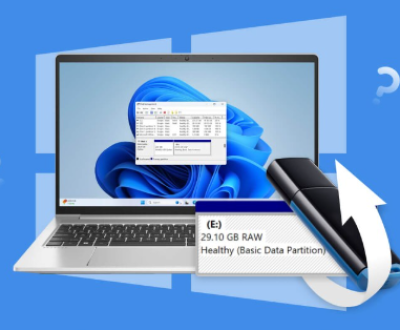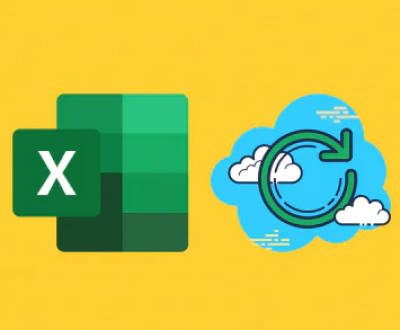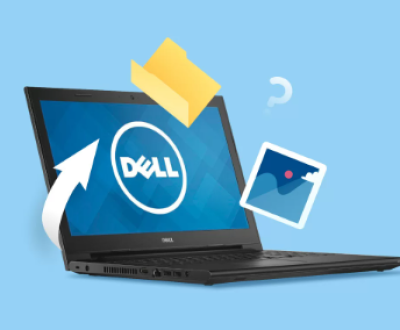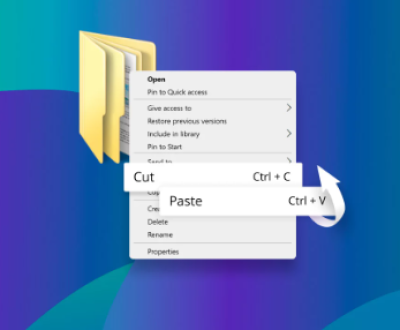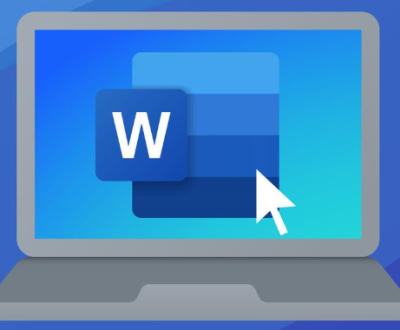Repairing bad blocks on a hard drive is an essential task for maintaining the longevity and functionality of your storage device. Bad blocks, also known as bad sectors, are regions on the hard drive where data cannot be reliably read or written. These blocks can occur due to a variety of reasons, including physical damage, software corruption, or the natural wear and tear of the drive.
What Are Bad Blocks on a Hard Drive?
Before we can address bad block repair, it’s crucial to understand what bad blocks are and how they affect your hard drive. A “bad block” refers to a portion of the hard drive that can no longer store or retrieve data reliably. Bad blocks are typically classified into two types:
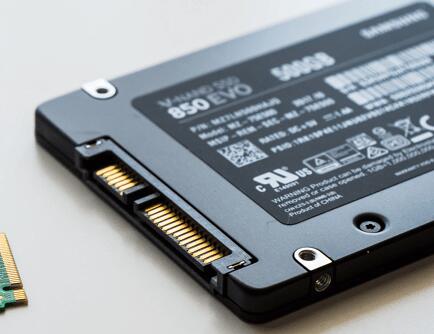
Physical Bad Blocks: These occur due to physical damage to the disk’s surface. Such damage might be caused by shocks, wear and tear, or manufacturing defects.
Logical Bad Blocks: These are sectors that have become unreadable due to logical errors in the file system. These errors could result from power failures, corruption, or improper shutdowns.
How Bad Blocks Impact Your Hard Drive
Bad blocks are problematic because they make it difficult to access certain parts of your data, leading to system crashes, errors, or complete data loss. If not managed or repaired properly, bad blocks can spread, leading to progressive hard drive failure.
Symptoms of bad blocks include:
Slow read and write speeds.
Frequent system crashes or freeze-ups.
Files that are corrupted or inaccessible.
Error messages indicating problems with the disk.
Over time, more bad blocks might accumulate, eventually making the hard drive unusable. In such cases, repairing the bad blocks or migrating data to a new drive becomes necessary.
Diagnosing Bad Blocks
Before proceeding with repairs, it’s essential to diagnose whether your hard drive indeed has bad blocks. You can do this through the following methods:
1. Using Built-in Operating System Tools
Most operating systems come with built-in tools for checking the health of hard drives and scanning for bad sectors.
Windows: The built-in “Check Disk” utility can scan and fix bad sectors. To use it:
Open “This PC” and right-click on the drive you want to check.
Select “Properties,” then go to the “Tools” tab.
Under “Error Checking,” click “Check.”
If prompted, allow the system to check and fix errors automatically.
Mac OS: For Mac users, the “Disk Utility” tool can be used to check for bad sectors:
Open “Disk Utility” from the Utilities folder.
Select your hard drive and click on “First Aid.”
Click “Run” to check and repair the disk.
2. Using Third-Party Software
Several third-party software tools are specifically designed to check for and repair bad blocks on hard drives. These tools offer more advanced diagnostics than the built-in OS utilities and can be more effective in identifying and fixing problems. Some popular third-party tools include:
CrystalDiskInfo (Windows): A free tool that can check the SMART (Self-Monitoring, Analysis, and Reporting Technology) status of your hard drive. It provides a detailed health report that can indicate bad sectors.
HDDScan (Windows): This tool allows you to run surface tests to detect bad sectors on your hard drive.
GSmartControl (Windows, Mac, Linux): A cross-platform application that provides detailed health diagnostics of hard drives.
3. SMART Diagnostics
Most modern hard drives include a SMART (Self-Monitoring, Analysis, and Reporting Technology) system that can predict potential failures by monitoring key performance indicators. Using SMART diagnostics can help detect issues such as bad sectors, temperature problems, and more. You can use SMART tools to check the health of your drive.
Repairing Bad Blocks: Software Solutions
Once you’ve diagnosed bad blocks on your hard drive, the next step is to attempt repair. While it’s important to note that not all bad blocks can be repaired—especially those caused by physical damage—software solutions can help manage and possibly recover some of the affected areas.
1. Using CHKDSK (Windows)
As mentioned earlier, the Windows Check Disk (CHKDSK) utility can be used to detect and fix bad sectors. When running CHKDSK, Windows can mark bad sectors as “bad” in the file system, effectively preventing the operating system from using them in the future. To run CHKDSK:
Open Command Prompt as Administrator.
Type chkdsk /f /r C: (replace “C:” with the appropriate drive letter).
Press Enter and allow the tool to scan the disk. It will attempt to repair bad sectors and recover readable data.
2. Using fsck (Linux/Mac)
For Linux and Mac users, the fsck (file system check) command is the equivalent of CHKDSK. It scans the disk for errors and attempts to repair any damaged sectors.
Open Terminal.
Type sudo fsck /dev/sda1 (replace /dev/sda1 with your drive’s identifier).
Press Enter and allow the tool to scan and repair the file system.
3. Third-Party Software
Panda Assistant is a versatile and user-friendly data recovery software designed to help individuals and businesses recover lost or deleted files from a variety of storage devices. Whether you’ve accidentally deleted important documents, experienced a system crash, or suffered from a corrupted file, Panda Assistant is a powerful tool that simplifies the recovery process.
One of Panda Assistant’s standout features is its ability to scan for both deleted and lost files, even in cases where data corruption or formatting has occurred. The software provides multiple scanning options, including quick scans for recently deleted files and deep scans for thoroughly lost or hidden data. This ensures a comprehensive approach to file recovery.
1. Freezing the Hard Drive
One unconventional method some people use to attempt to repair a hard drive with physical bad blocks is freezing the hard drive. The theory behind this is that cooling the hard drive could temporarily contract the metal components, making the disk read more reliably. This method, however, is controversial and should be used only as a last resort.
2. Professional Repair Services
If the bad blocks are caused by physical damage, your best option is to send the drive to a professional data recovery service. These services often have the specialized equipment needed to repair hard drives with physical damage and recover data from areas that software cannot reach.
How to Prevent Bad Blocks from Occurring
While you cannot entirely eliminate the risk of bad blocks, there are several steps you can take to minimize their occurrence and prolong the life of your hard drive:
1. Regular Backups
Regularly backing up your data is the best way to ensure that you won’t lose important files if bad blocks begin to accumulate on your hard drive.
2. Keep Your Hard Drive Cool
Heat is one of the leading causes of hard drive failure. Keeping your hard drive cool can help prevent bad blocks from forming. Consider using cooling pads or placing your hard drive in a well-ventilated area.
3. Use the Drive Properly
Avoid dropping or subjecting the hard drive to physical shocks. For external drives, ensure they are handled carefully and not exposed to harsh conditions.
4. Monitor Disk Health
Regularly check the health of your hard drive using tools like CrystalDiskInfo or SMART diagnostics. Early detection of problems can help you prevent major issues from developing.
What to Do If Bad Blocks Cannot Be Repaired
If software or hardware methods are unable to repair the bad blocks, you should consider replacing the hard drive entirely. At this point, it’s crucial to back up all remaining data before the drive becomes completely unusable.
Bad blocks on a hard drive are a serious issue that can cause data loss, slow performance, and even complete drive failure. While physical bad blocks cannot always be repaired, logical errors can often be fixed with the right tools and software. Always start by diagnosing the issue, using appropriate software tools, and attempting repair. In the case of physical damage, professional repair services may be necessary. Above all, regular backups and proper care of your hard drive are essential to minimizing the impact of bad blocks and extending the lifespan of your storage device.
About us and this blog
Panda Assistant is built on the latest data recovery algorithms, ensuring that no file is too damaged, too lost, or too corrupted to be recovered.
Request a free quote
We believe that data recovery shouldn’t be a daunting task. That’s why we’ve designed Panda Assistant to be as easy to use as it is powerful. With a few clicks, you can initiate a scan, preview recoverable files, and restore your data all within a matter of minutes.
Subscribe to our newsletter!
More from our blog
See all postsRecent Posts
- Retrieve files from usb 2025-07-04
- How to retrieve overwritten excel file 2025-07-04
- How to retrieve lost files on sd card 2025-07-04

 Try lt Free
Try lt Free Recovery success rate of up to
Recovery success rate of up to

